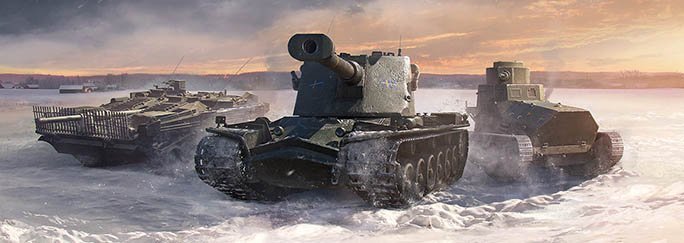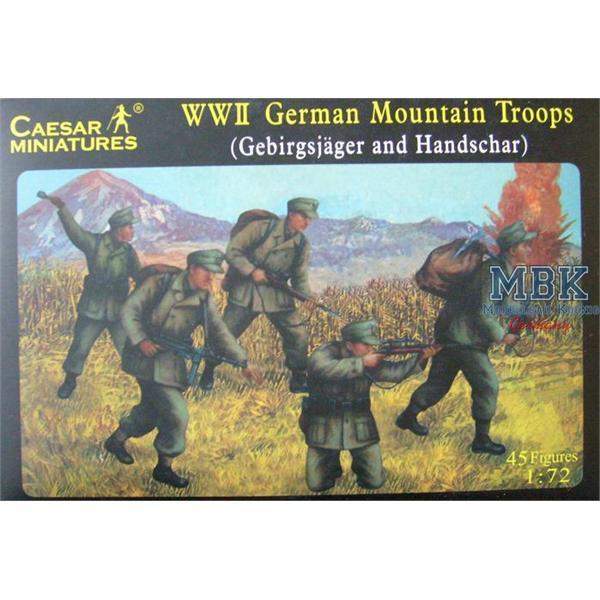

The motorised saharan troops (Compagnia Sahariana) consisted of six companies organized as follows: The cavalry was organized in groups of squadrons consisting of a headquarters and four squadrons of 150 men each. The two infantry divisions were destroyed in the fighting of 1940-41 and were only partially reformed, existing only as administrative depots. In Libya the Royal Corps of Libyan Troops was raised consisting of infantry and cavalry units. Most of Italy’s colonial troops were poorly armed and untrained for modern warfare. The best troops for desert warfare were the Sahariani who were completely mechanized, having their own complement of motorized artillery. From 1 March 1940 an MVSN Legion of two battalions was attached to most of the divisions, partly to increase the manpower of the division but also to include fascist troops within regular army formations.Ĭolonial Troops Italian Camel-mounted troops for patrol work in the Libyan desert.Īs an imperial power Italy employed colonial troops in a number of capacities. The Italian infantry division was known as a ‘binary’ division (divisione binaria) because it was based around two infantry regiments. While the division was the basic formation in the Italian Army a number of troops were organized at corps or army level essentially to act as higher formation reserve units.
#Swedish mountain tanks full
Although an impressive total on paper, few of the divisions had their full complement of men and equipment. In addition, there were frontier guard troops whose number was estimated to be equivalent to nine divisions. In 1940 over 2,000,000 Italians were under arms, the 73 divisions of the Army being organized as follows: Under Mussolini came the supreme command (Commando Supremo), an organic staff which functioned through the respective defense ministries (War, Admiralty and Air) via the various high commands (Army Group West, Albania, East Africa, the Aegean and Libya). The nominal Commander-in-Chief of the Italian Army was His Majesty King Emmanuel III, although most of his responsibilities had been taken over by the Chief of State, Benito Mussolini. The arrival of the Africa Corps in February 1941 prevented a total collapse but after that the Italian Army played a subordinate role in Axis operations. In Libya, Italy suffered another disaster: eight divisions were destroyed and 130,000 men taken prisoner in Wavell’s offensive of 1941. On 19 January 1941 the first British forces invaded Ethiopia and within the space of four months the Duke of Aosta was forced to surrender nearly all his troops to the victorious British. The artillery was antiquated and reserves of equipment, supplies and ammunition were so low that the Viceroy and Commander-in-Chief, the Duke of Aosta estimated that in the event of war he could only hold out for six or seven months at the most. The Italian Army in East Africa (Africa Orientale ltaliana or AOI) was impressive on paper with 88,000 Italian and 200,000 colonial troops but there were many weaknesses. Much to the surprise of the Italians and, indeed, to the world in general, the Greek Army repulsed the poorly organized invasion.Įast Africa was the scene of further disasters.


The Army suffered over 4,000 casualties in this brief campaign (the French lost just over 200 men).Ī further military setback occurred a few months later when an Italian Army of around 160,000 men invaded Greece from the new territorial acquisition of Albania. Italy’s entry into the war – the campaign against France from 10 to 25 June 1940 – was a humiliating fiasco, partly because strategic planning was centered on the Mediterranean, and the General Staff was caught off balance by the directives for an Alpine campaign.


 0 kommentar(er)
0 kommentar(er)
